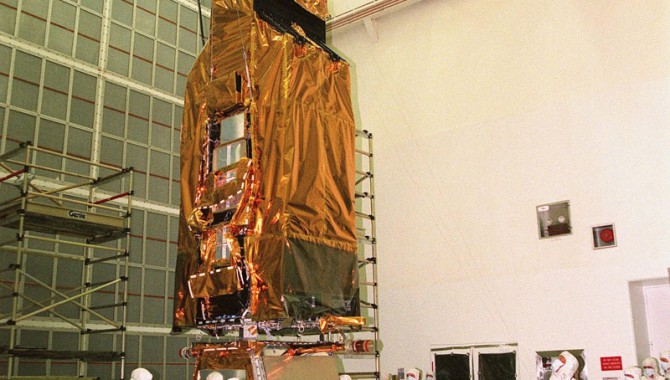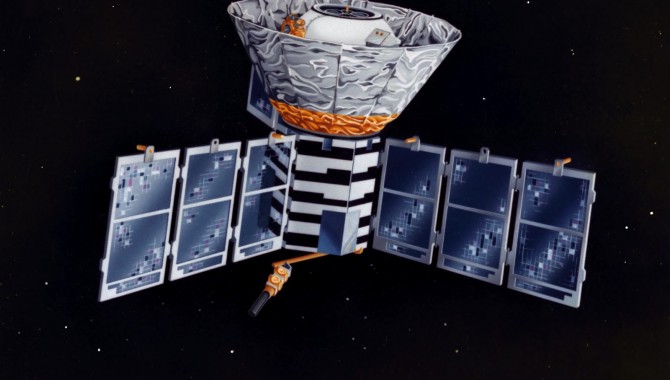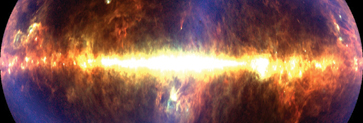
By Warren Moos, Dennis McCarthy, and Jeffrey Kruk The Far Ultraviolet Spectroscopic Explorer (FUSE) was conceived in the early eighties as a follow-on to the Copernicus mission, launched in the early seventies.

By Warren Moos, Dennis McCarthy, and Jeffrey Kruk The Far Ultraviolet Spectroscopic Explorer (FUSE) was conceived in the early eighties as a follow-on to the Copernicus mission, launched in the early seventies.

By Dennis McCarthy From 1983 to 1989, I was deputy project manager at Goddard Space Flight Center for the Cosmic Background Explorer (COBE), the spacecraft that enabled NASA scientist Dr. John Mather and his colleague Dr. George Smoot (University of California/Berkeley) to investigate the origin of galaxies and stars and offer the most conclusive evidence […]

Altogether you spent close to 30 years of your career at Goddard. Developing a satellite like COBE, which has made enormous scientific contributions, must’ve been a huge accomplishment for both you and the Center.